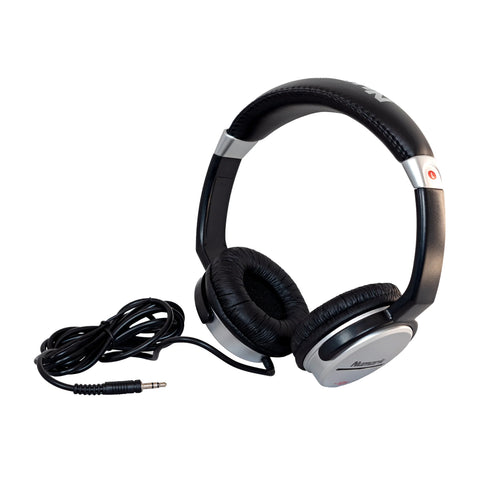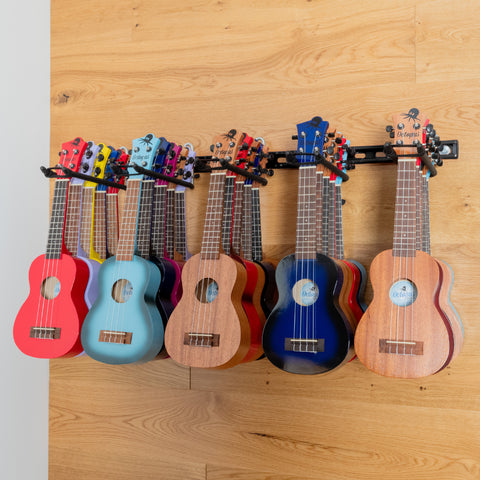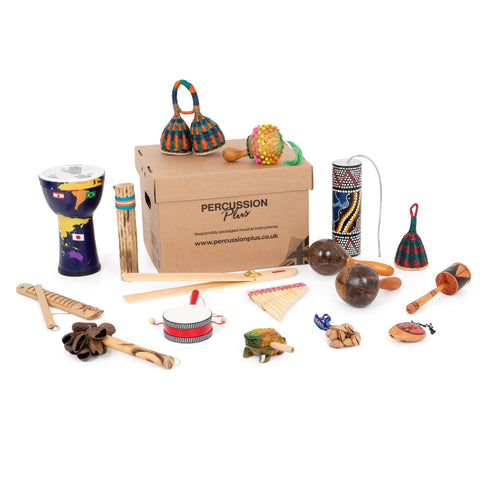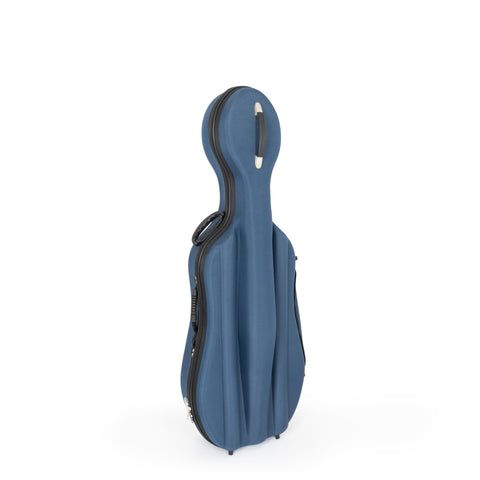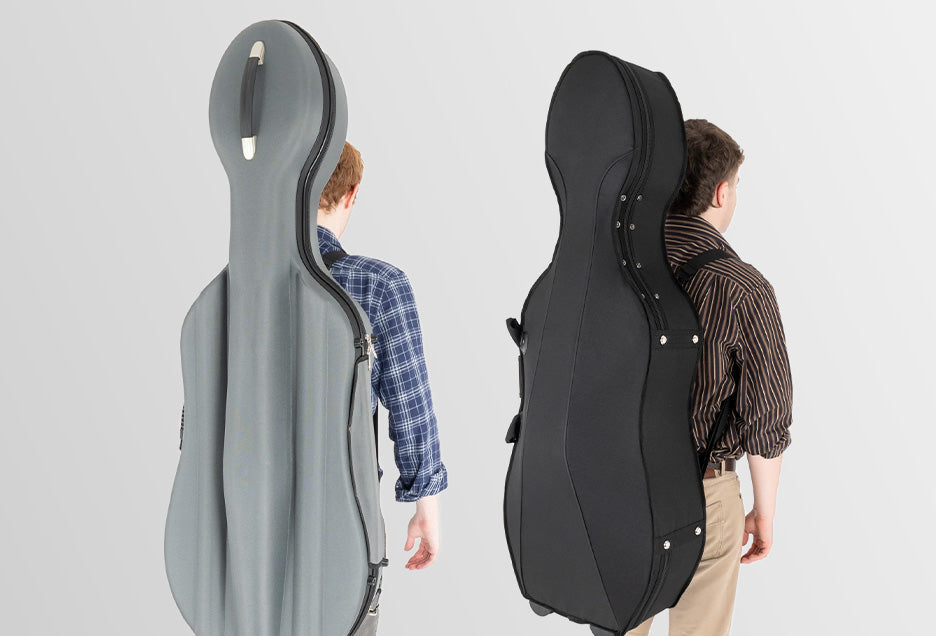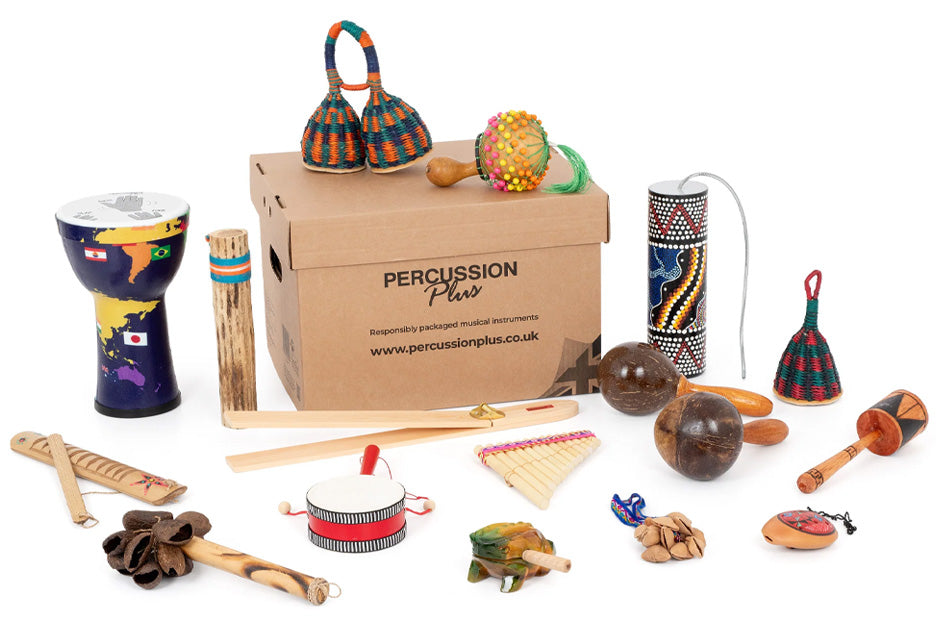The sound of African Drumming has captivated and inspired people for centuries. It is one of the earliest forms of communication and an important part of mankind’s development.
Music is an integral aspect of African culture and serves numerous functions. Music is utilised in religious rites, ceremonies such as weddings, funerals, and childbirth, as well as to provide background music for everyday activities. There includes music for working in the fields, managing cattle, and gathering water, as well as music that ranges from lullabies to battle songs.
Everyone takes part in the creating of music, and there is a lovely phrase that "In African music, there are no audiences, only participants." Professional musicians and master drummers are likewise highly valued. The use of music in everyday life in Africa provides a cultural perspective.
About the djembe
The djembe is a West African drum that has a rich and storied history. Its origins can be traced back to the Mandé people, who are believed to have developed the drum in the 12th century in what is now modern-day Mali, Guinea, and Burkina Faso. The word "djembe" is derived from the Mandinka language, where "djé" means "gather" and "bé" means "peace."
The djembe was originally employed primarily as a sacred instrument in religious and spiritual ceremonies, as well as for communication and storytelling within African communities. It was used in a variety of rituals, including initiations, harvest celebrations, and rites of passage. The drum was also used to bring people together and communicate messages over large distances.
The popularity of the djembe extended throughout West Africa over time, and it became a vital component of the cultural and musical traditions of many people. Each group evolved its unique djembe-playing techniques, rhythms, and cultural importance.
The djembe earned international popularity in the mid-twentieth century as a result of the efforts of African artists and musicians who toured and performed around the world. This exposure led to the integration of the drum in global music scenes and partnerships with artists from various backgrounds. The djembe is now widely regarded as a musical instrument by performers all around the world, and it is commonly seen in music classrooms.
The craftsmanship and constructions of djembes have also evolved over time. Traditionally, the drum was carved from a single piece of hardwood such lenke, djala, or mahogany, with the drumhead made from goat or cow skin, much like our Honestly Made Ghanaian djembes. Today, modern djembes may feature synthetic drumheads and alternative materials for the shell, such as our Percussion Plus Slap Djembes, wile still maintaining the traditional design and sound.
Playing the djembe
To get the finest tone and range of sounds out of your djembe, it must be lifted off the ground and not played while standing on the floor. Raising the drum allows air and sound waves to escape from the open bottom end, improving sound quality overall. You may feel the escaping air if you place your hand against the open end of the drum while another player strikes it. This can also be illustrated by playing a few beats with the drum on the floor and then doing the same with the drum off the ground. You will note the improvement in the sound from the dead tone with the drum on the floor to the rich ringing tone of the raised drum.
When considering the best playing position to adopt you need to take account of the ages of the performers, the size of the instruments you are using, as well as the numbers in the ensemble. A recommended playing position is to have the performers seated on the edge of a chair, providing ample leg space for the drum. With straight backs and relaxed shoulders, the drum can be placed between the thighs, just above the knee, while the players' feet are crossed on the floor around the drum. This arrangement allows for a secure grip on the drum, leaving both hands free for playing.
Djembe Technique
The Tone
Straighten all your fingers at the same time. Aim to strike the drum so that the joint where your fingers join your hand (at the first knuckle) is at the rim of the drum. Think of your hand as an extension of your arm and remember not to keep your hand on the drum but to bounce back from the drumhead as soon as you have played the note. This will produce a clear ‘tone’ with a good ring a projection.
The Bass
The area in the centre of the drum produces a warm and full bass tone. To create a good bass tone, the djembe must be stuck in the middle of the drumhead with the hand slightly cupped, palm down, with the hand return quickly away from the drum. You can use your whole arm and pretend that you are bouncing a basketball, this will result in the correct action for playing good bass tones.
The Slap
This is played around the edge of the drum. Relax hand and hit the drum with a slap-like motion. Spread your fingers out slightly when you strike the edge of the drum for a whip-crack sound. For an even bright slap, hold one hand down in the middle of the drum while simultaneously playing the slap ton on the edge of the drum.
Lets' learn a tune!
Everybody Conga!
We are going to learn a simple tune for the djembe called The Conga.
The Conga is made up of two parts. The first part is just four straight beats using the word:
Eve-ry- bo- dy
1 2 3 4
This is answered with a two-beat phrase:
Con- ga
1 2 +
The two beats are played on the first count of 1 and the second beat is in between counts 2 and 3 on the “2 AND 3” this is sometimes known as an offbeat and this syncopation gives the tune its West African feel.
To begin with, the teacher or leader can play the first four-note or “Everybody” part and the rest of the group will answer with the two- note “Conga”.
When this has been mastered, split the group in two and ask the left-hand side with the larger drums to play the four-beat part and the right-hand side with the smaller drums to play the two-beat part.
Now we can add in some pitch by asking the larger drums on the right-hand side to play their part using the playing technique to produce the Bass tone and the smaller drums to use an open tone or slap tone.
This can now be developed by teaching the students to play both parts of the conga on their drums by playing the four-note “everybody” part in the centre of their drum using the Bass tone playing technique followed by the “conga” part on the edge of the drum using the open tone technique.
In the music below a O is a rest and a X is a Bass tone, and a T is an open tone, and an S is a slap.
| 1 | 2 | 3 | 4 | 5 | 6 | 7 | 8 | 9 | 10 | 11 | 12 | 13 | 14 | 15 | 16 |
| Part 1 | |||||||||||||||
| X | X | X | X | 0 | 0 | 0 | 0 | X | X | X | X | 0 | 0 | 0 | 0 |
| Ev- | 'ry- | bo- | dy | Ev- | 'ry- | bo- | dy | ||||||||
| Part 2 | |||||||||||||||
| 0 | 0 | 0 | 0 | T | 0S | 0 | 0 | 0 | 0 | 0 | 0 | T | 0S | 0 | 0 |
| Con- | ga! | Con- | ga! | ||||||||||||

